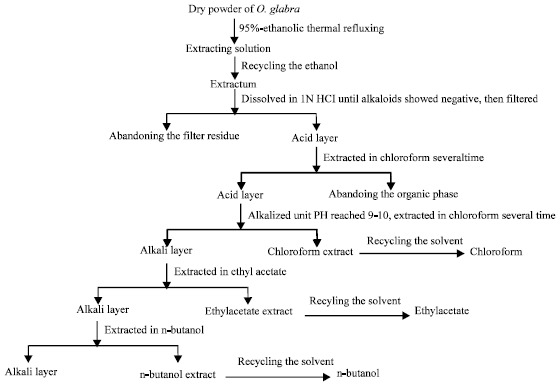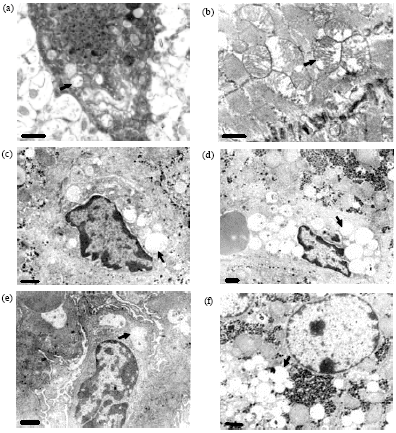Research Article
Isolation and Identification of Swainsonine from Oxytropis glabra and its Pathological Lesions to SD Rats
College of veterinary medicine, Northwest A and F University, Yangling-712100, Shaanxi, Peoples� Republic of China
S.S. Wang
College of veterinary medicine, Northwest A and F University, Yangling-712100, Shaanxi, Peoples� Republic of China
B.Y. Zhao
College of veterinary medicine, Northwest A and F University, Yangling-712100, Shaanxi, Peoples� Republic of China












